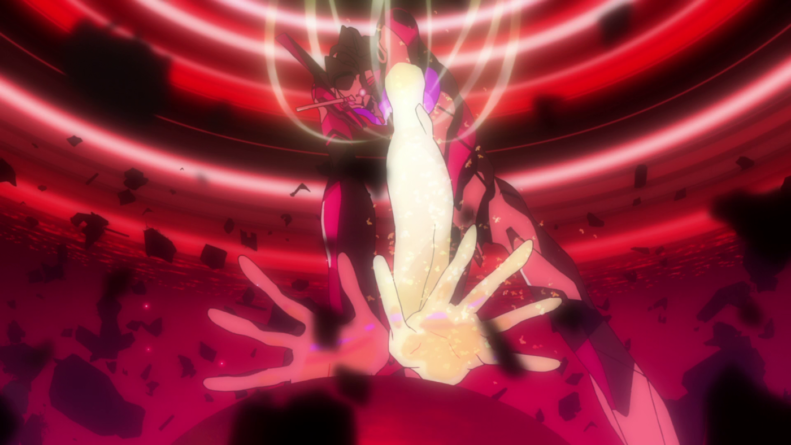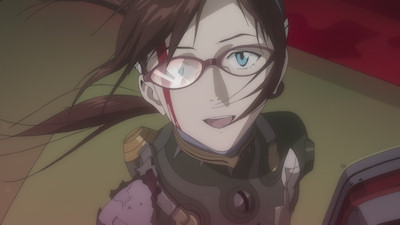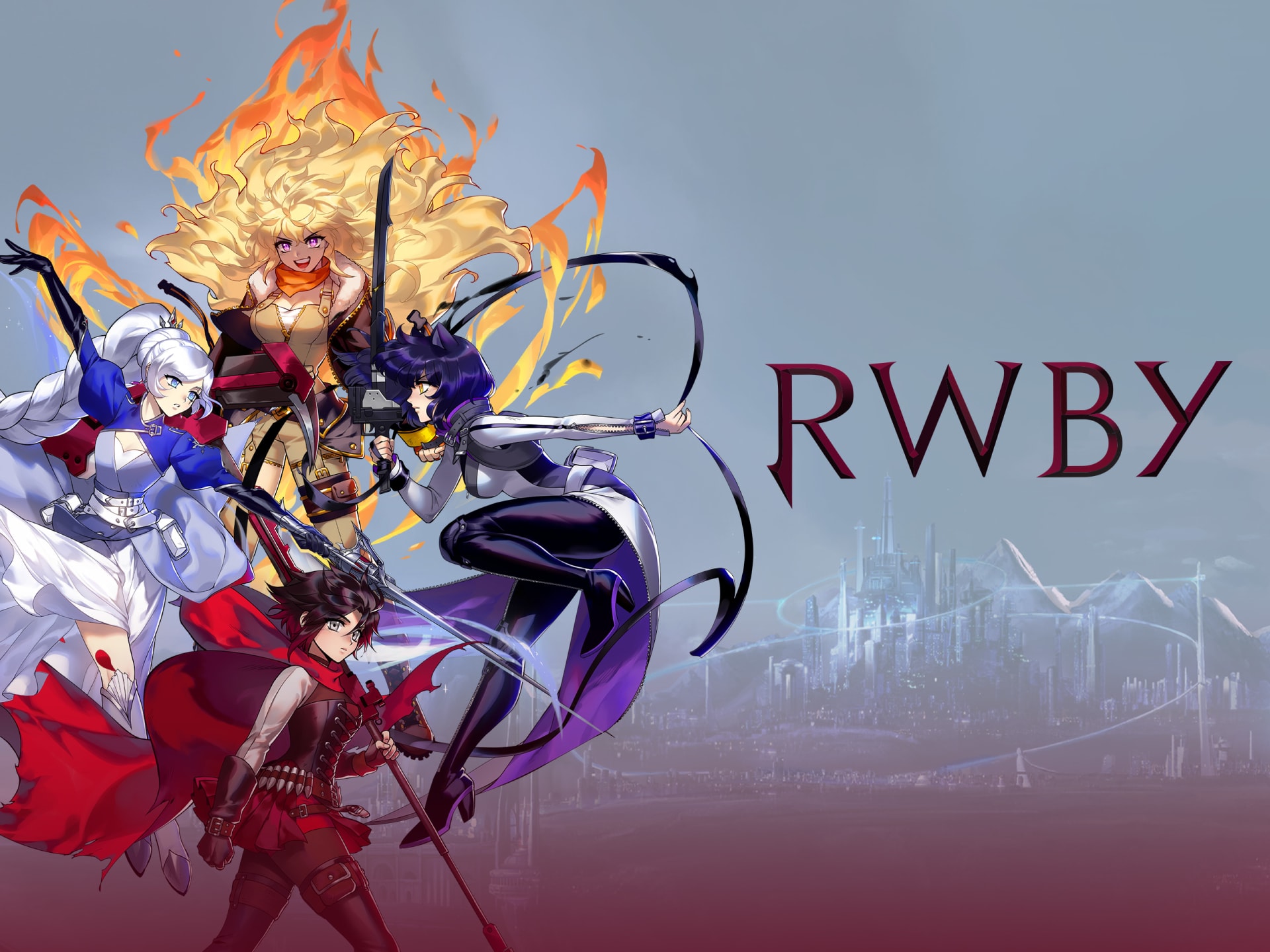Recap of Rebuild: Evangelion 2.22 – You Can (Not) Advance
We’re back with the second installment of our look back on the previous films in the Rebuild of Evangelion series, leading up to the release of the final film on Amazon Prime. Last time, we discussed the glorified remastered clip show that was Evangelion 1.11, which more or less faithfully retold the first six episodes of the original series. But from here on out, things are going to take an increasingly diverging path from that show for several reasons. Some of them are changes in the story to better fit into a film, some are about the new vision that director and creator Hideaki Anno wanted for this project, and even others are about where Anno’s head was at during production. For better or worse, the resemblance between these movies and their source material is going to fade quite rapidly. Or at least, rapidly if you decide to binge everything, because these movies in particular only ended up getting further apart in terms of release.

Continuing from the previous film, 2.22 shows the escalating battle Shinji, Rei, and the rest of NERV are up against when fighting the Angels. This includes bringing in two more pilots, Asuka Langely Shikinami (formerly Soryu in the series) and Mari Illustrious Makinami (a wholly new character for these movies). While Asuka’s fiery and abrasive nature takes time to adjust her to the group, Mari seems to work within the shadows and only emerging when the situation is at its most dire. Each new Angel attack proves to be deadlier than the last, starting with the direct and easily beaten giant monster approach at the start of the film, but closing it with Angels that can invade and absorb the Evangelions to their own uses. All the while, Shinji seems to be peeling away his introverted shell as he bonds with his schoolmates and fellow pilots, even seemingly connecting with his estranged father. That is, until things avalanche into total chaos, leading to the very thing they were all trying to avoid: The Third Impact, the end of the world. To be continued!

Similar to 1.11, 2.22 does use a section of the original series as an outline for its plot. The first major difference is the chunk they take out this time. As mentioned, the first movie used the first six episodes and more or less followed that. The second, meanwhile, takes bits and pieces from between the eighth and nineteenth, then takes some of those beats and subverts them from the expectations viewers of the series would have. It’s still not a good entry point for new fans, but it does to a great job of keeping those familiar on their toes. Naturally, this means a whole lot of cuts to fit into the less than two hour runtime, meaning what’s picked to stay needs to be essential. Of the eight Angels encountered in the series within these episodes, only three remain, with two original ones designed by known mecha series creators. The three allowed to stay are from iconic moments form the series: The first showing the main three EVA pilots successfully working together, the second forcing Shinji to reject his father and piloting, and the third that brings him back but at a grave cost.

Though one of the most notable changes, even with all the plot tweaks, is the addition of Mari. As mentioned, she is completely original to these films, having not appeared in the series or any other main series material until this film. Her creation was a subject of much excitement and speculation when she was first announced, mainly due to wondering how exactly she would mix with the already dysfunctional cast. And the answer to that, two appearances later is…not great. It’s not that she’s a bad or disliked character exactly, but even with only one film left, we still don’t really know what her deal is. In 2.22, she has a few sparse interactions with existing characters, but they don’t really acknowledge her or give her opportunities to flesh out her motives or personality. She does, however, get to suddenly be a big part of the final battle and unleash new abilities no one else has even hinted at, even if they ultimately prove futile. That’s not to say she’s dipping into Mary Sue territory, especially since her involvement in the next film is on much more even footing, but despite seeing this movie more than a decade ago, I still don’t have the foggiest idea about why she’s here. We might get some insight into it in the final film, but it might be too little too late.

Overall, I think the clearest distinction from this film and its episode counterparts is, of all things, a more apparent sense of hope. The twelve episodes of the anime that this film pulls from were probably the most upbeat of the series, at least up until Episode 15, but even they wouldn’t hide that Shinji, Misato, Rei, and Asuka were all stumbling around and constantly stubbing each others’ toes with their respective issues. Compared to that, the Rebuild versions of these characters seem remarkably more well adjusted, with an ending feeling way more optimistic and evoking thoughts of love conquering all, which is a pretty far cry from what people usually think of when Evangelion comes to mind. The differences are so apparent that some fans of the original thought Rebuild might be going too idealistic and removing the nuances that made these characters feel more like people, flaws and all. And a possible explanation as to why is Anno, who suffered increasing bouts of depression during the production of the series but was in a much happier place by the time of this second film.
But if you think you know where this is headed based on that, come back soon for our final recap feature, covering Evangelion 3.33: You Can (Not) Redo, where it all comes tumbling down, tumbling down, tumbling down.


























Just cancel this bird already. The chicken is beyond cooked. It's burnt to a crisp.